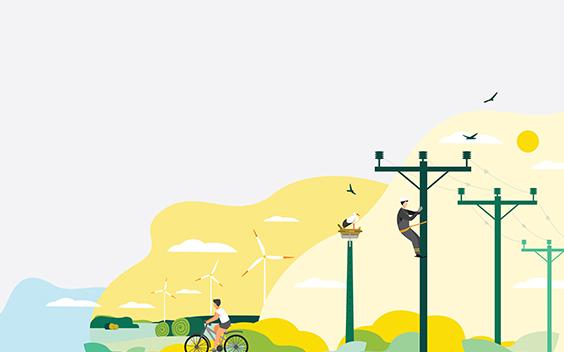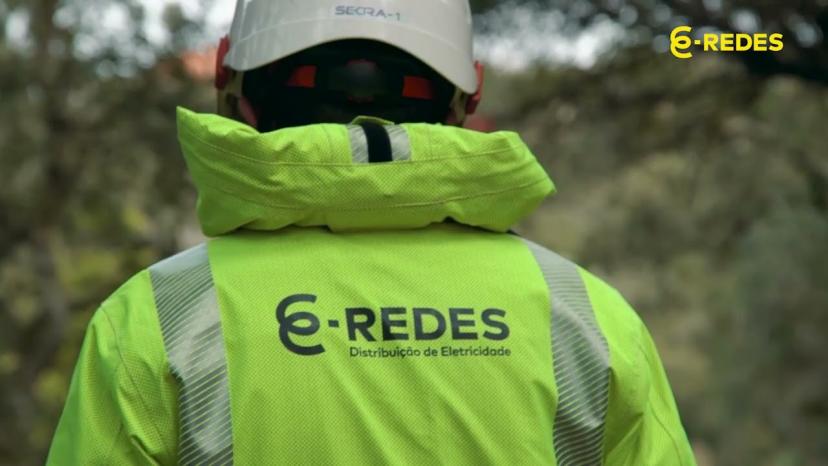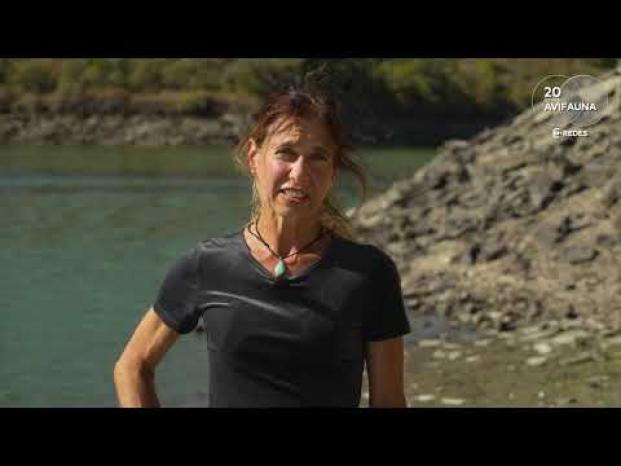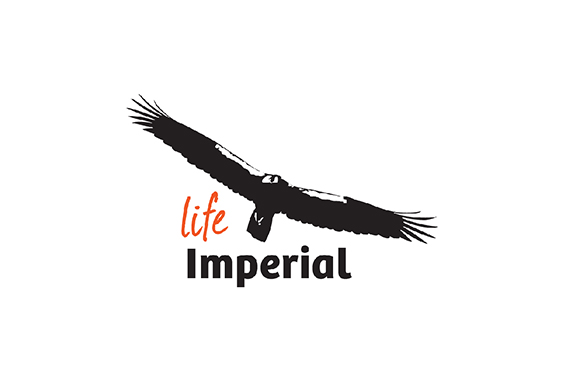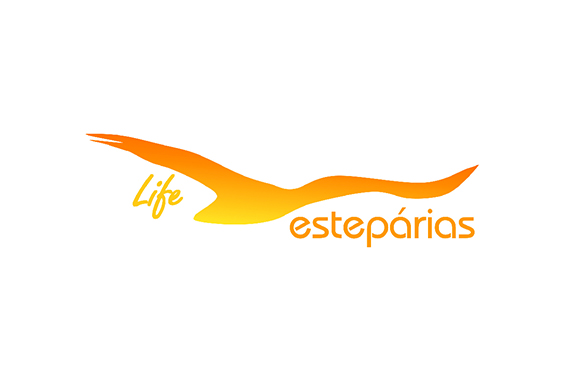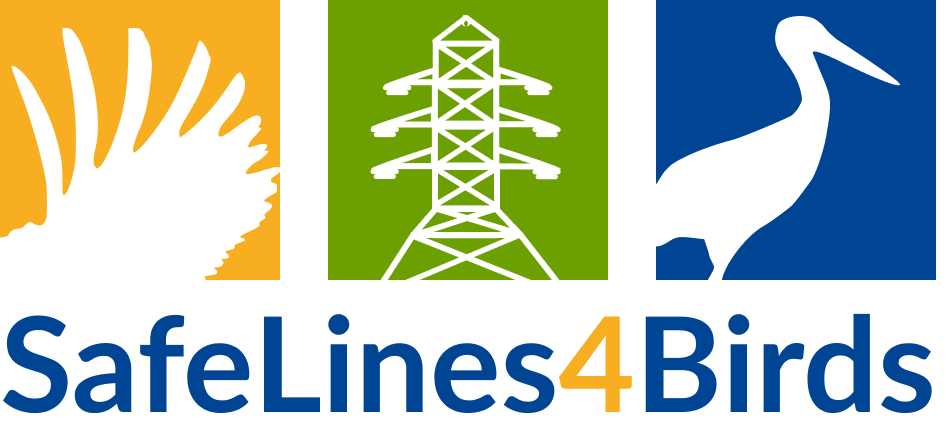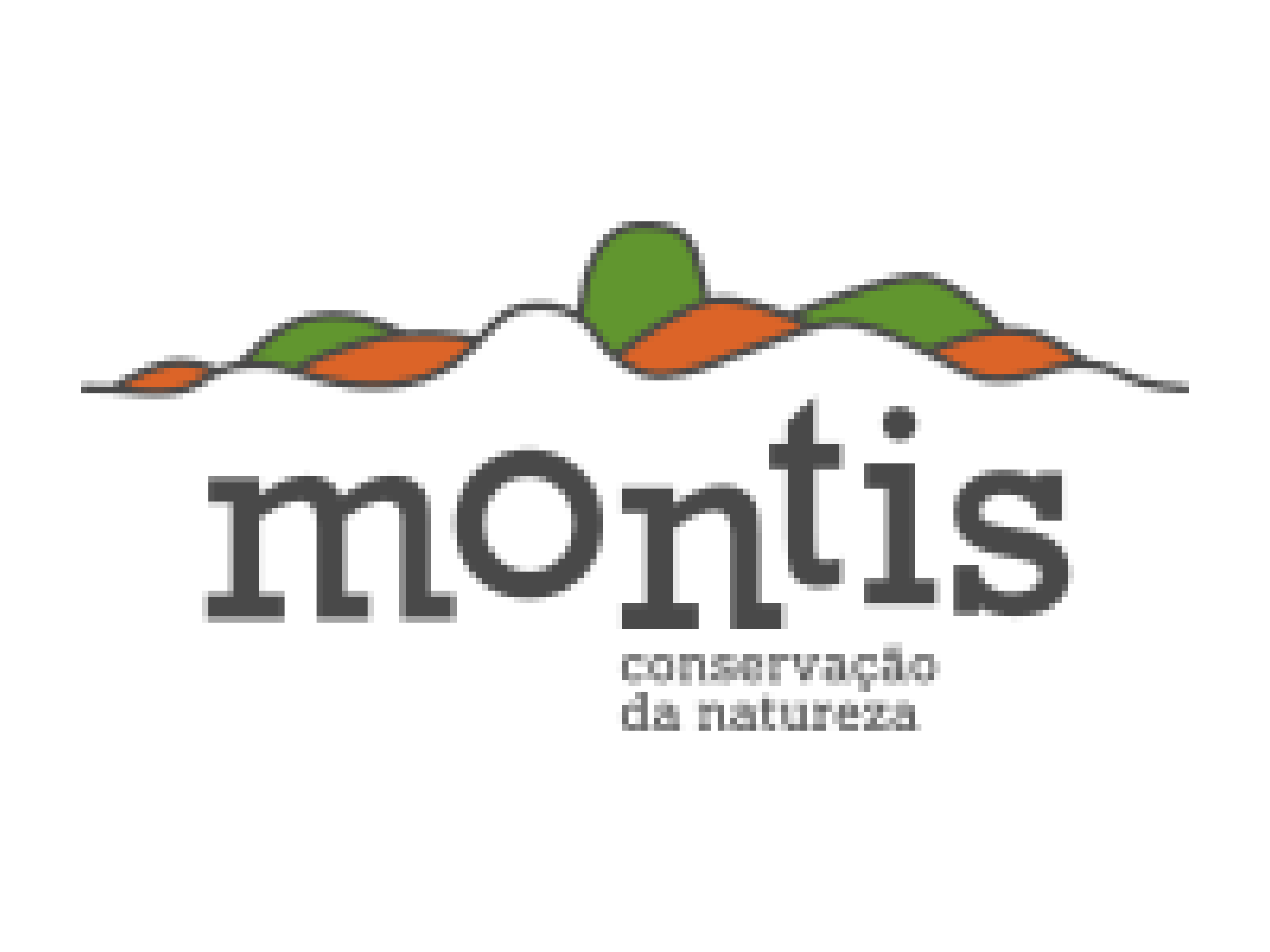E-REDES has been actively developing and implementing measures to protect biodiversity, particularly birdlife, through partnerships with entities such as universities, research centres, Environmental Non-Governmental Organisations (ENGOs) and government bodies, among others.
Protection of birdlife
Voluntary actions to minimise the impact of power lines on birdlife have been promoted by E-REDES since 2002 and are mainly aimed at protecting wild birds with high conservation status. These birds are mainly found in classified areas such as the Douro International Natural Park, the Tejo Internacional Special Protection Area (ZPE, Zona de Proteção Especial) and the Castro Verde ZPE, for example.
These actions have been monitored since 2003 by the Technical Committee for Monitoring Power Lines and Birds - CTALEA - made up of E-REDES, the Institute for Nature Conservation and Forests (ICNF), Quercus, the Portuguese Society for the Study of Birds (SPEA) and, since 2013, the League for the Protection of Nature (LPN).
With the aim of deepening the company's knowledge in this area and defining evolutionary methods of approach to bird protection, the 1st Avifauna Protocol was signed in 2003, defining a distinctive working model based on a voluntary partnership between E-REDES and the above-mentioned NGOs and the ICNF, which continues to this day, with the Avifauna IX Protocol taking place in 2022.
Main actions carried out under the Birdlife Protocols:
- Surveying and monitoring studies of overhead power lines.
- Production of collision and electrocution risk maps for target species with high conservation status.
- Application of more efficient technologies to minimise the impact of overhead power lines on birdlife.
- Hierarchisation of potentially dangerous overhead power lines, with a view to voluntary remediation.
The proximity to these entities is the decisive success factor for the results achieved and, in addition, has allowed E-REDES to participate in various European Projects, such as the European Union's LIFE Nature Programme, ensuring the continuous implementation of increasingly innovative solutions, both technically and analytically.
Bird protection measures
In partnership with other organisations, E-REDES is developing a set of good practices to protect biodiversity, with a special focus on bird protection.
Click on the cards and find out more about each of these partnerships.
Remove Margins
Remove Top margin of the component
Remove Bottom margin of the component
